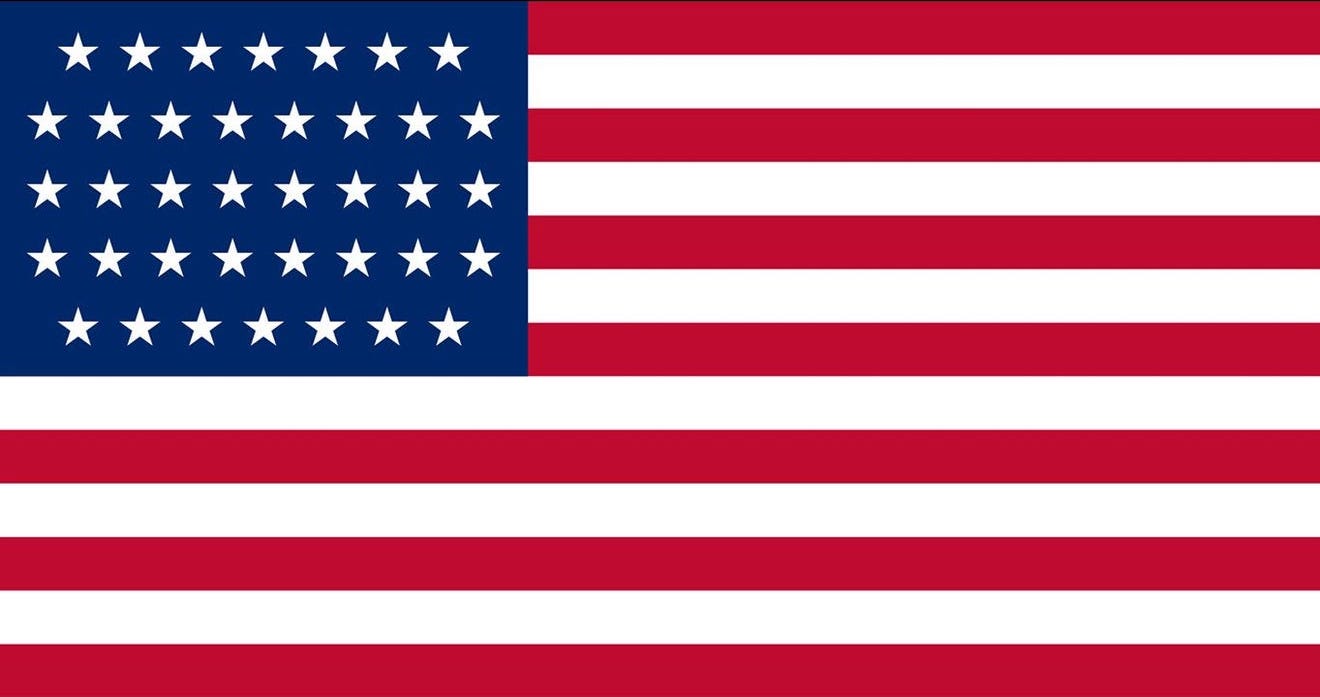Assignment Description
On November 3rd, Americans will be voting in the 2020 election. During the course of the semester we will be examining the longer history of US politics and elections in order to understand how the nation arrived at this particular political moment. As part of this, each student will be taking a closer look at a single election between 1880 and 2000 by familiarizing yourself with the basics of the election (candidates, major issues, wider context, result, etc.) and then making an “unessay” about a specific topic connected to that election.
An “unessay” consists of any format besides a traditional final paper. You can create a restaurant menu, board game, meme collage, podcast episode, series of TikTok videos, piece of historical fiction - whatever you want! Regardless of the format, your unessay will be evaluated on the quality of its interpretation, research & evidence, communication, and creativity. Unessays must present a historically based analysis or interpretation that is supported by both primary and secondary sources. The interpretation must be clearly and compellingly articulated (written, painted, sung, etc.), and the very best unessays will take a creative approach to conveying their analysis.
Why an “unessay”? The goal of this assignment is to further develop the core skills of this class: evidence, interpretation, empathy. Although you would use these skills in a traditional written essay, I have found that students to fixate on the “rules” of essay assignments (length, formatting, citations, etc.) while privileging those students who have more experience or practice with that particular format. The unessay puts students on a more level playing field while allowing for greater freedom, creativity, and the option to bring other skills, talents, and interests to bear on the study of the past.
Due on Sunday, 11/29 by 11:59PM
Assignment Mechanics
Each unessay must include:
- A 500-word introduction that provides an overview of the election and your related topic, along with an explanation of your unessay’s interpretation. Think of this as the written text you might read at the start of a museum exhibit. Make sure to include a title for your project.
- An annotated bibliography of primary and secondary sources, in which you explain how the source informed your unessay in 1-2 sentences.
You should submit your unessay to this Dropbox link in the form of a single zipped folder that includes your unessay along with your introduction and annotated bibliography as Word documents. If your unessay is a physical project (painting, board game, etc.) please document it using photos or videos and then and include those files inside your zipped folder. If you are not sure how you should submit your unessay, please email me and we will figure out a solution. Instructions on how to created a zipped folder.
See below for examples of student unessays completed in other history courses (note that some of these are more suitable for a face-to-face course rather than a remote course):
Thread: I want to share a few highlights from the un-paper assignment I offered to my students this semester. Thanks @cjdenial @ShazBlock and others who encouraged me to try it out. The students produced some phenomenal work. #twitterstorians #UShistory
— Rachel Hope Cleves (@RachelCleves) December 3, 2018
Finals start today at BYU, so I'm going to take advantage of some time today to once again highlight my students' excellent #unessay projects. For those unfamiliar, you can find my description of the assignment on my Hist 220 syllabus here: https://t.co/oBqq9DBVx4 1/
— Christopher Jones (@ccjones13) April 20, 2018
All of the student essays + unessays for my US History survey have now been graded, and they're every bit as creative + inventive as last year's projects. Here's a thread highlighting just a few of my favorites: 1/
— Christopher Jones (@ccjones13) December 11, 2017
